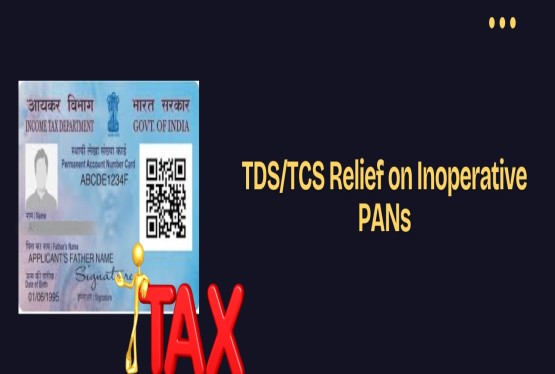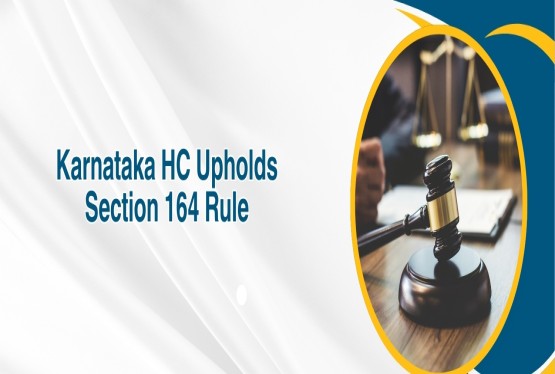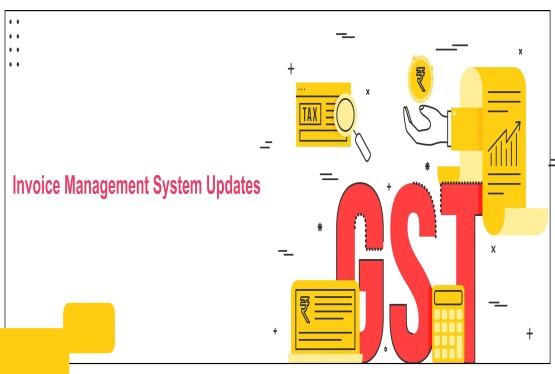GSTR 5A is a specific return form under Goods and Services Tax (GST) in India, applicable to non-resident service providers offering Online Information and Database Access or Retrieval (OIDAR) services. These providers operate from outside India and deliver services to Indian customers who are not registered under GST. GSTR 5A plays a important role in ensuring that such non-resident entities comply with Indian GST laws and contribute to the tax system. The return under GSTR 5A is filed monthly and helps the government monitor the provision of cross-border digital services, making taxation fair for domestic service providers. It also brings clarity for foreign businesses on their GST liabilities in India.
Meaning of OIDAR
OIDAR stands for Online Information and Database Access or Retrieval services. These services are provided using the internet and are received by the service recipient without any physical interaction with the service provider. Examples include cloud-based services, digital advertising, online gaming, streaming platforms, and software downloads.
With businesses expanding globally through digital platforms, OIDAR services are widely used by Indian consumers, including individuals and non-business entities. To ensure a level playing field and proper tax collection, OIDAR services provided to Indian users by non-residents are made taxable under the GST regime.
GST Regulations on OIDAR Services
The GST law makes it mandatory for non-resident service providers supplying OIDAR services to unregistered recipients in India to register under GST and file GSTR 5A. The taxation system differentiates between two categories of recipients:
Registered Persons or Entities
In such cases, the GST is not payable by the non-resident provider but by the recipient in India under the reverse charge mechanism. The Indian recipient includes these services in their return and pays the applicable GST.
Unregistered Individuals, Government Bodies, or Local Authorities
When the services are received by such recipients, the non-resident service provider is liable to pay GST. The services in these cases are usually for personal or non-commercial use, and GSTR 5A must be filed for such transactions.
Due Date for Filing GSTR 5A
Non-resident OIDAR service providers are required to file Form GSTR 5A on a monthly basis. The due date for filing GSTR 5A is the 20th day of the month following the month in which services were provided. For example, GSTR 5A for services provided in May 2025 must be filed by 20th June 2025. If the due date falls on a public holiday, the next working day is considered the last date for filing. Timely filing is essential to avoid late fees and penalties.
Who Needs to File GSTR 5A?
All non-resident OIDAR service providers who supply digital services to unregistered recipients in India are required to file GSTR 5A. These include:
-
Providers of digital content such as movies, music, e-books
-
Software or application-based services
-
Cloud services like Amazon AWS, Google Cloud
-
Online advertising platforms such as Facebook or Google
These providers do not have a physical presence in India but cater to Indian customers through the internet. For services provided to unregistered entities or individuals, the responsibility of tax compliance lies with the service provider.
Modes of Preparing GSTR 5A
There are two major modes through which GSTR 5A can be prepared:
-
The non-resident service provider can log in to the GST portal and enter the required data manually for the return period.
-
GSTR 5A can also be prepared using third-party software or applications provided by Application Software Providers (ASPs) integrated with GSPs. This method is often useful for bulk data upload or when managing returns for multiple jurisdictions.
Filing Requirements for Non-Resident OIDAR Service Providers
There are specific compliance requirements that must be followed while filing GSTR 5A:
-
It is mandatory to file the return even if there is no business transaction during the tax period. This is known as a Nil return.
-
Input Tax Credit (ITC) is not available in GSTR 5A. Hence, the electronic cash ledger for this return is not maintained.
-
The return can only be filed after making the full payment of taxes and any applicable fees or interest.
-
The return for the current period cannot be filed unless the return for the previous tax period has already been submitted.
Format of GSTR 5A
The GSTR 5A form includes the following tables:
Table 1 – GSTIN of the Supplier
This table captures the GSTIN (Goods and Services Tax Identification Number) of the registered taxpayer filing the return. It helps in uniquely identifying the entity under GST. It is essential for tracking tax compliance and return submissions.
Table 2 – Legal Name and Trade Name
This table displays the legal name of the registered person along with the trade name, if applicable. It ensures the taxpayer’s identity is accurately represented in GST records. Consistency with registration details is crucial for audit and verification.
Table 3 – Authorised Representative’s Name
This includes the name of the authorised signatory or representative filing the return on behalf of the taxpayer. It ensures accountability and allows for proper authentication under GST compliance norms. The person should be approved in the GST profile.
Table 4 – Return Period
This specifies the tax period for which the return is being filed—typically the month and year. Accurate reporting of the return period ensures correct credit flow and prevents duplication or omission of data. It helps link returns with transactions of a specific timeframe.
Table 5 – Taxable Outward Supplies to Consumers
This table details the outward taxable supplies made to unregistered persons or consumers in India. It includes place of supply, tax rate, taxable value, integrated tax (IGST), and any applicable cess. Accurate reporting here determines tax liability and ensures correct tax flow to the government.
Table 5A – Amendments to Previous Supplies
It captures any corrections or amendments made to the supplies reported in previous tax periods. This includes changes in taxable value, place of supply, or tax rate. Timely amendments help maintain accuracy in GST records and prevent future disputes.
Table 6 – Calculation of Interest and Penalty
This table calculates interest, penalties, or other dues arising from late filing, underpayment, or incorrect reporting. The taxpayer must review this carefully to ensure correct liability is discharged. This helps in timely compliance and avoids legal consequences.
Table 7 – Summary of Dues and Payment
This summarizes the total amount payable and already paid, including tax, interest, and late fees. It acts as a final checkpoint before return submission. Any shortfall must be addressed immediately to avoid future notices or penalties.
Steps to File GSTR-5A
The following are the steps to file form GSTR-5A:
Login to GST Portal
Visit the official GST portal www.gst.gov.in and log in using the user ID and password provided to the non-resident OIDAR (Online Information and Database Access or Retrieval) service provider. This step provides access to the GSTR-5A return filing interface and related services.
Go to GSTR-5A Section
After logging in, go to Services > Returns > Returns Dashboard. Select the financial year and month for which the return is to be filed, and click on the ‘Prepare Online’ button. This opens up the GSTR-5A form for data entry specific to the selected tax period.
Enter Supply Details
In Table 5, enter state-wise details of taxable supplies made to unregistered persons in India, categorized by tax rate and value. Use the ‘Add Details’ button to input each transaction correctly. In Table 5A, record any amendments or corrections to earlier filed returns, if applicable.
Enter Interest or Other Charges
If the return is filed after the due date or if there are any underpayments, compute and enter the applicable interest, penalties, or other dues in Table 6. This ensures that the total liability is accounted for before filing the return.
Preview the Return
Use the ‘Preview Draft’ option to generate a PDF of the filled-in GSTR-5A form. Review this draft carefully for accuracy in supply details, tax amounts, and other charges before moving ahead with filing. This step helps avoid mistakes and incorrect submissions.
Initiate Filing
Click on the ‘Initiate Filing’ button once the return is verified. Make sure the Electronic Cash Ledger has sufficient balance to pay the liability. If not, generate a challan through the portal and make the payment before proceeding.
Offset Liabilities
If the tax amount hasn’t been paid yet, use the ‘Offset Liability’ feature to pay using the cash ledger. If tax has already been paid via the CBEC portal (in earlier versions), enter the Payment Reference Number (PRN) to reconcile and complete the filing.
Submit and File
Tick the declaration checkbox, select the authorised signatory, and file the return using either Digital Signature Certificate (DSC) or Electronic Verification Code (EVC). After successful filing, an acknowledgment is sent to the registered email ID and mobile number via SMS and email for recordkeeping.
Late Filing Penalties for GSTR 5A
Late filing of GSTR 5A attracts penalties. A delay in filing leads to a late fee of Rs. 200 per day (Rs. 100 under CGST and Rs. 100 under SGST), subject to a maximum of Rs. 10,000 per return. If it is a nil return (no transactions), the late fee is Rs. 100 per day, also capped at Rs. 10,000.
Comparison Between GSTR 5A and GSTR 5
Though GSTR 5A and GSTR 5 may appear similar, they serve different purposes:
-
Filer: GSTR 5A is filed by OIDAR service providers without a physical presence in India. GSTR 5 is filed by non-resident taxable persons who have come to India for a short period to make taxable supplies.
-
Details Covered: GSTR 5A covers services to unregistered individuals or entities, while GSTR 5 includes both inward and outward supplies.
-
Period of Return: Both are monthly returns. However, GSTR 5 is filed only for the period during which the registration is active.
-
Nil Return: GSTR 5A requires mandatory nil filing, while GSTR 5 does not, unless registration is active.
-
Last Date: Both returns are generally due on the 20th of the following month, though GSTR 5 can be due earlier if the registration ends.
Conclusion
Filing GSTR 5A is an important compliance requirement for non-resident service providers supplying OIDAR services to Indian consumers. It ensures that foreign service providers contribute to the Indian tax framework and are accountable for their GST obligations. By knowing the filing process, format, and deadlines, non-resident entities can meet compliance requirements smoothly.
If you are a non-resident OIDAR service provider and need assistance in filing GSTR 5A or understanding your GST liability, you can reach out to Compliance Calendar LLP for expert guidance. You can book a consultation with the experts through mail at info@ccoffice.in or Call/Whatsapp at +91 9988424211.
FAQs
Q1. What is GSTR 5A and who should file it?
Ans. GSTR 5A is a monthly GST return that must be filed by non-resident Online Information and Database Access or Retrieval (OIDAR) service providers who supply services to unregistered recipients in India. These service providers operate from outside India and do not have a physical presence in the country.
Q2. Is it mandatory to file GSTR 5A even if there is no business transaction during the month?
Ans. Yes, filing GSTR 5A is mandatory even if there is no supply made during a particular tax period. In such cases, a nil return must be filed within the due date to avoid penalties.
Q3. Can Input Tax Credit (ITC) be claimed in GSTR 5A?
Ans. No, Input Tax Credit (ITC) cannot be claimed in GSTR 5A. This form is meant only for reporting taxable supplies to unregistered persons in India and payment of taxes accordingly. There is no provision to utilize ITC in this return.
Q4. What is the due date for filing GSTR 5A?
Ans. The due date for filing GSTR 5A is the 20th of the following month for which the return is being filed. For example, the return for May 2025 must be filed by 20th June 2025. Delays may result in penalties.
Q5. What are the penalties for late filing of GSTR 5A?
Ans. If GSTR 5A is filed after the due date, a late fee of Rs. 200 per day is charged (Rs. 100 under CGST and Rs. 100 under SGST), subject to a maximum of Rs. 10,000 per return. For nil returns, the late fee is Rs. 100 per day, also capped at Rs. 10,000.
Q6. What is the difference between GSTR 5 and GSTR 5A?
Ans. GSTR 5 is filed by non-resident taxable persons who temporarily come to India to make taxable supplies. In contrast, GSTR 5A is filed by non-resident OIDAR service providers who supply digital services to unregistered Indian consumers without having a presence in India.
Q7. How can a non-resident OIDAR provider pay taxes under GSTR 5A?
Ans. The taxes must be paid before filing GSTR 5A using the Electronic Cash Ledger. If payment is made through the CBEC portal, the payment reference number must be entered in the return. Only after successful payment can the return be submitted and filed using DSC or EVC.








_crop10_thumb.jpg)




































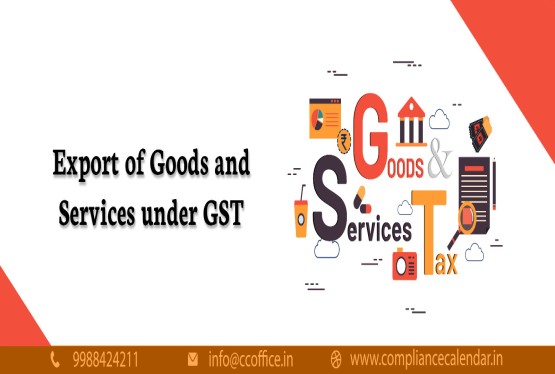













































_for_FY_2025-26_crop10_thumb.jpg)



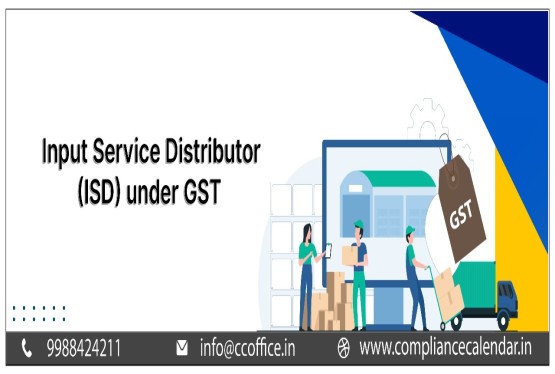








_learn_crop10_thumb.jpg)








_Filing_Due_Dates_for_FY_2024-25_learn_crop10_thumb.jpeg)
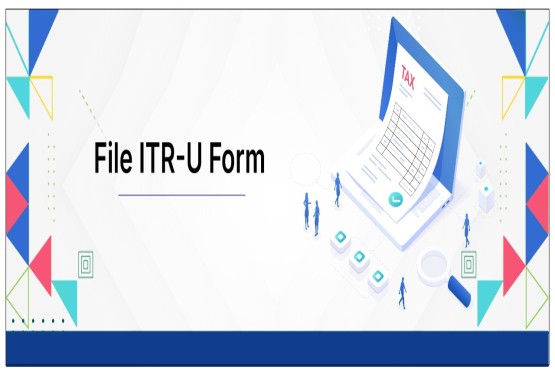

























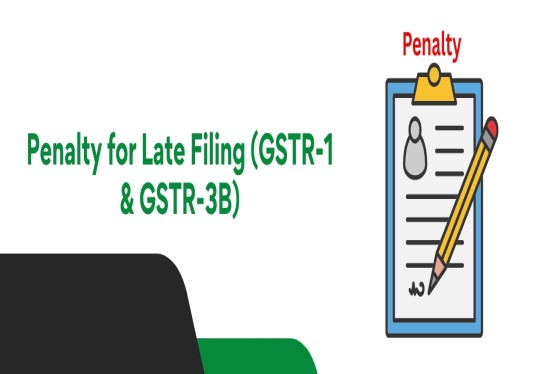












_of_GST_Act_learn_crop10_thumb.jpg)










_Under_GST_learn_crop10_thumb.jpg)









_crop10_thumb.jpg)


_crop10_thumb.jpg)






_learn_crop10_thumb.jpg)






















_of_the_Income_Tax_Act_learn_crop10_thumb.jpg)



_learn_crop10_thumb.jpg)
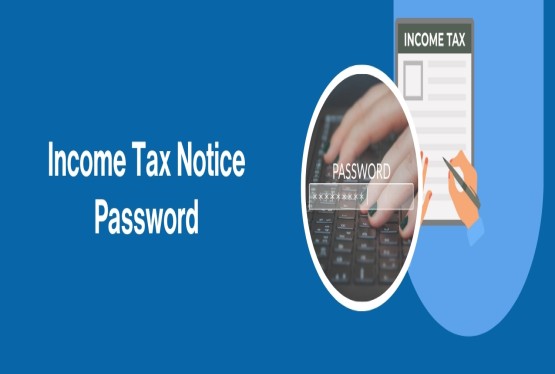





_learn_crop10_thumb.jpg)






_crop10_thumb.jpg)




















_in_The_Income_Tax_Act,_1961_learn_crop10_thumb.jpg)



_learn_crop10_thumb.jpg)



_of_the_Income_Tax_Act_learn_crop10_thumb.jpg)


_Of_Income_Tax_Act_learn_crop10_thumb.jpg)








_learn_crop10_thumb.jpg)








_learn_crop10_thumb.jpg)
_crop10_thumb.jpg)





















_learn_crop10_thumb.jpg)
_for_Import_and_Export_learn_crop10_thumb.jpg)











